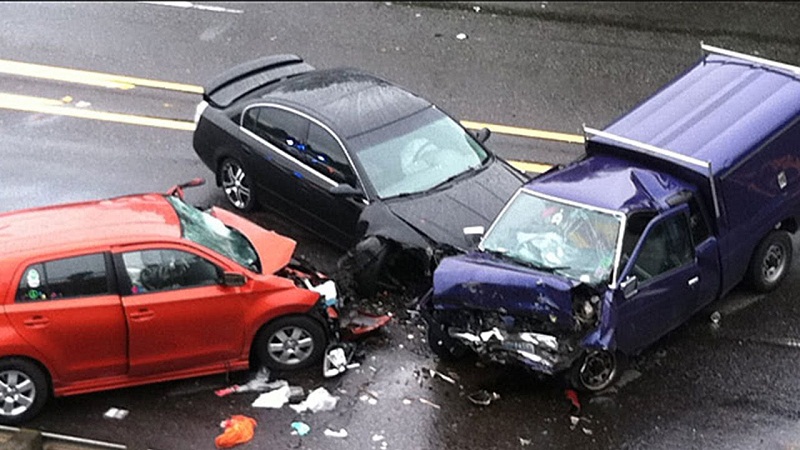A traffic accident is a traumatic event that none of us would like to live through. The risk is quite high in the streets and highways, due to our own excess speed or that of other vehicles, distractions, inexperience when driving, among others. If you are a victim of an accident you may be compensated for that, Levinson Law Group can help you get started. Despite the campaigns to prevent traffic accidents worldwide, the figures are not encouraging: 1.24 million people die annually in the world due to traffic accidents, this being the main cause of death among the young people between 15 and 29 years of age. Although they may seem inevitable, injuries from a traffic accident can be prevented with safe driving practices that any driver should know about. We list here the most important, below:
Active and passive safety: fundamentals
The elements of active and passive safety of a vehicle are essential to avoid serious injuries in traffic accidents. And it is well known that an unsafe car, in poor condition or without the corresponding active and passive safety elements, can influence the injuries of injured people are much worse. The elements of active and passive safety that can protect the occupants of a vehicle at the time of a traffic accident are:
- Active safety:
These are responsible for reducing the risk of traffic accidents by controlling the vehicle. These are:
Brakes: They are the ones in charge of stopping the vehicle when before it there are obstacles that impede its circulation. Check the brakes continuously to avoid traffic accidents.
Tires: They guarantee the adherence and control of the vehicle, even in adverse weather conditions. They have great responsibility in braking the vehicle and dampen the vibrations that it produces.
Suspension: Guarantees the contact of the 4 wheels with the floor. It gives stability in the exercise of driving. Take care of the suspension of your vehicle avoiding hollowed streets and other damages.
Lighting: Provides the driver the ability to see and be seen by other drivers. Avoid traffic accidents in conditions of low or no visibility. Check continuously the operation of the lights of your vehicle.
Air conditioning: Regulates the temperature inside the car. It is an active safety element because it guarantees attention in the exercise of driving by avoiding fatigue in the driver (when the interior temperature is 5 degrees hotter than the outside it is very likely that these effects will occur in the driver of the vehicle) .
- Passive safety
These are those that cushion the impact of the collision of the vehicle of its occupants. These are:
Airbag: The airbags are airbags that are inflated in a matter of seconds to reduce the contact of the driver or passengers with the interior of the vehicle in case of a strong impact. This absorbs part of the kinetic energy of the driver and passengers at the moment of the crash and avoids cervical injuries by avoiding very pronounced head movements.
Seat belts: They are responsible for holding in a firm position the passengers of a vehicle and prevent them from being fired in the event of a collision.
Headrest: Avoid, in a traffic accident, the effect called “whiplash “or cervical injury that affects the neck and back of the person, due to neck tension at the time of the accident.




